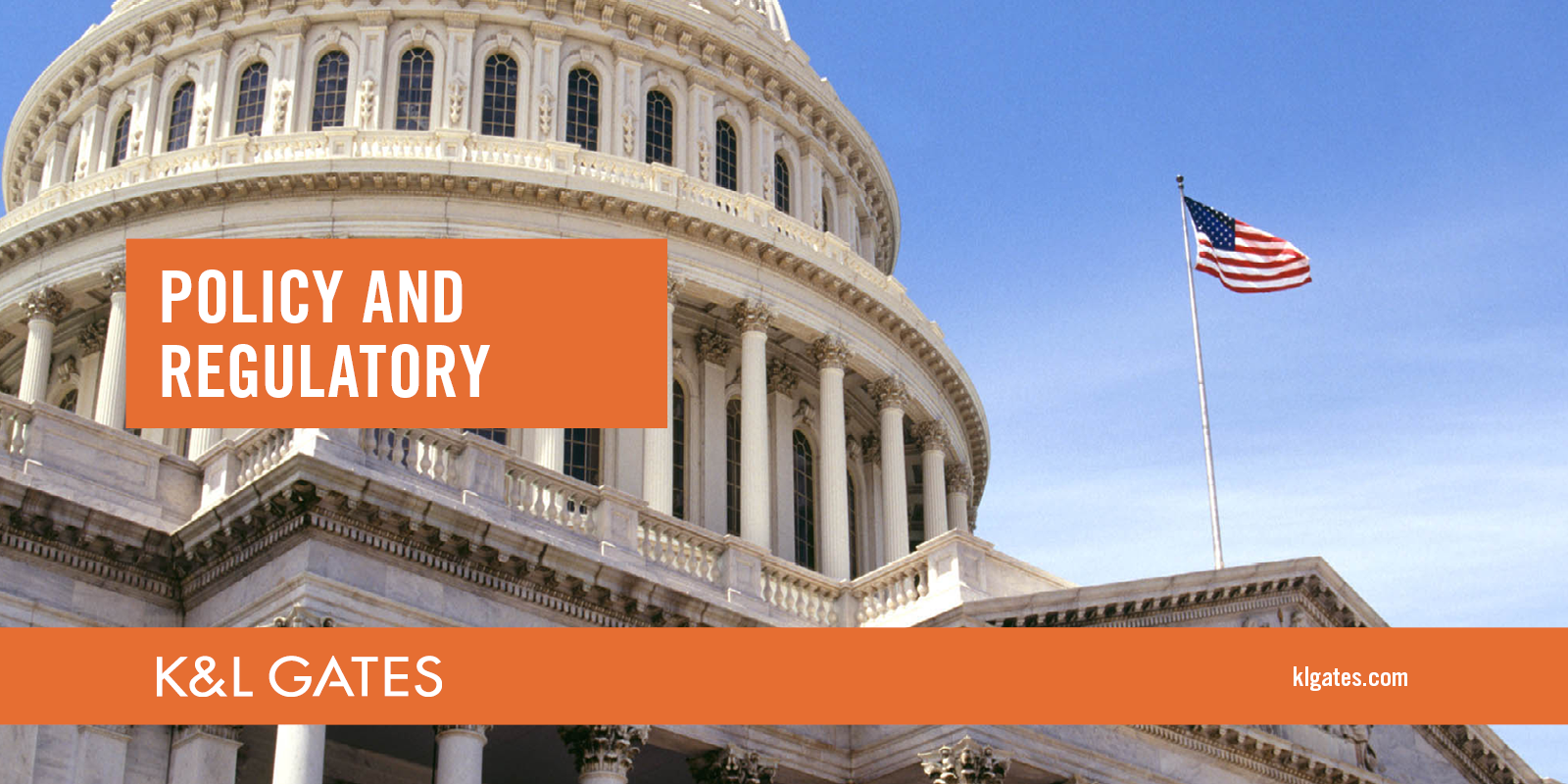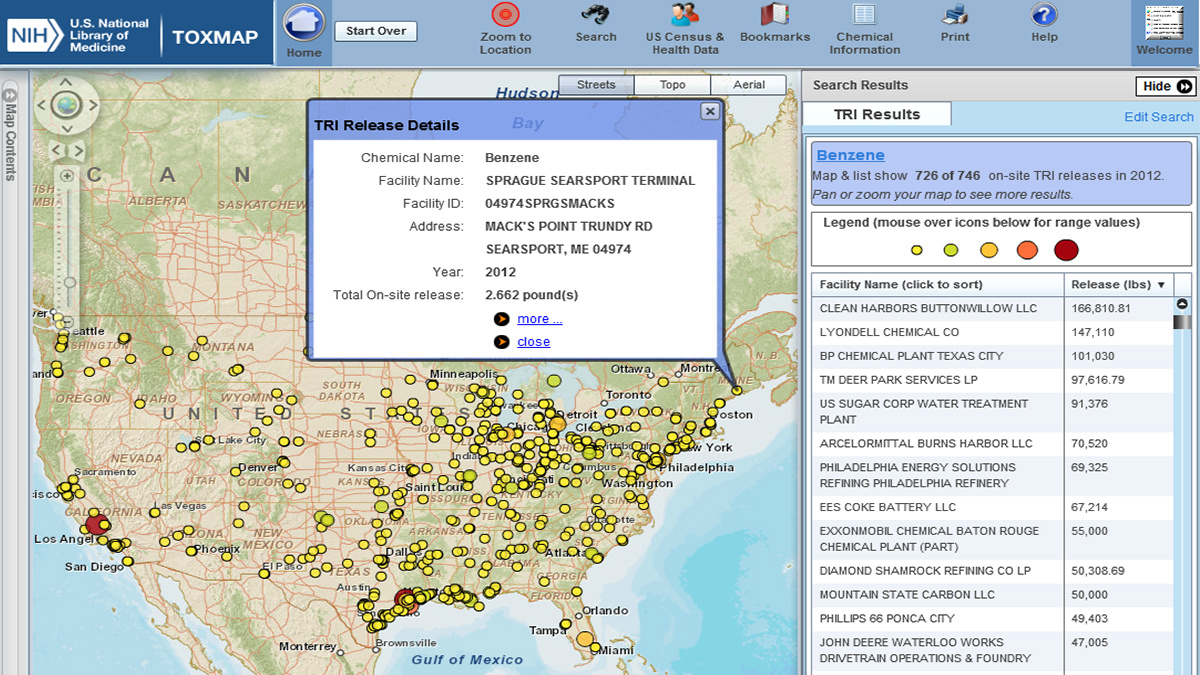
Illinois Pollution Control Board Proposes Amendments to Ground Water Quality Regulations

On 7 March 2024, the Illinois Pollution Control Board (Board) proposed amendments to its Ground Water Quality regulations, which would set standards for selected per- and polyfluoroalkyl substances (PFAS) compounds at or near their levels of detection and would result in some of the most stringent standards in the country. While the Board states that these are neither drinking water standards nor remediation standards, these standards will be applied statewide to serve both purposes. From a remediation standpoint, these standards are so low that they will be extremely difficult and expensive to achieve. As a result, the proposal will impact many different sectors, especially those that manage or receive wastes potentially containing PFAS such as landfills, water and drinking water treatment operations, and agricultural properties fertilized with biosolids. It may have an even broader impact to the extent the Board’s standards become a default for any administrative decisions involving PFAS.
Background
Under Illinois’ bifurcated system, the Board is charged with adopting environmental regulations and the Illinois Environmental Protection Agency (IEPA or Agency) is charged with implementing them. The Board adopted the current Groundwater Quality Standards regulations in 1991 pursuant to the Illinois Groundwater Protection Act and has not significantly revised them since. The rules established a comprehensive program intended to protect groundwater resources while acknowledging that not all groundwater is used for drinking water. The Board established a classification system ranging from Class I “Potable Resource Waters” to Class IV “Other Groundwater” and assigned groundwater quality standards protective of the uses reflected in those tiers. The rules also provided for Groundwater Management Zones (GMZ) within which the standards could be exceeded pending remediation and allowed owner and operators of facilities to seek adjusted standards reflecting actual groundwater conditions and use. The rules recognized that not all groundwater was available for drinking water, that some groundwater was impacted, and that those impacts would require time to be addressed. The rules also require persons already monitoring groundwater pursuant to Agency programs to notify the Agency of exceedances and to take “preventive response actions” to address the conditions.
The Agency originally proposed the PFAS standards in December of 2021. The Board held three hearings, taking testimony from the IEPA as well as members of the regulated community. The Board closed its record on 3 March 2024 and issued its First Notice Order a year later on 7 March.
Stringent Standards
The Board adopted IEPA’s extremely stringent proposed standards for the PFAS compounds listed in the below table and reduced the standards for several metals including Molybdenum, Cobalt, Selenium, and Vanadium. While the Board produced a detailed opinion, in each instance the Board rejected the testimony of the industry experts in favor of the Agency’s witnesses. It also rejected any efforts to examine the science behind any United States Environmental Protection Agency (USEPA) decisions regardless of whether they had been subjected to regulatory scrutiny. The Board rejected concerns that standards set at the level of detection level in the parts per trillion range would be subject to numerous lab errors and believed that the stringent levels could be met by Illinois certified laboratories. In short, although a great deal of scientific information was presented to the Board, it chose to accept only that information presented by the IEPA.
| CONSTITUENT | PROPOSED STANDARD |
| Perfluorooctanoic acid (PFOA) | 0.000002 |
| Perfluorooctane sulfonic acid (PFOS) | 0.0000077 |
| Perfluorononanoic acid (PFNA) | 0.000012 |
| Perfluorobutane sulfonate (PFBS) | 0.0012 |
| Perfluorohexanesulfonic acid (PFHxS) | 0.000077 |
| Hexafluoropropylene Oxide-dimer Acid (HFDO-DA) | 0.000012 |
While state law requires the Board’s regulations to be both technically feasible and economically reasonable, the Board did not evaluate the potential impact of its proposal on the industrial and municipal sectors that must manage PFAS-containing waste. For example, the waste industry is already seeing impacts as municipalities refuse to accept their leachate due to concerns regarding levels of PFAS. Similarly, those municipalities will find it more difficult to dispose of their biosolids for the same reason. While the Board stated, as it has in the past, that Part 620 Groundwater Quality Standards are not remediation or drinking water standards, it refused to acknowledge that the Agency and others will use the PFAS standards for exactly those reasons, until actual drinking water and remediation standards are established under their respective programs.
Groundwater Management Zones
Although not part of the Agency’s proposal, the Board also proposed new rules on GMZs. These are three dimensional areas of the groundwater where the groundwater quality standards are allowed to be exceeded so long as the site is undergoing remediation overseen by the Agency. The GMZ had been part of the original Groundwater Quality Standards, but the process for how they were established, maintained, and terminated was not explicit and had been subject to unwritten Agency rules. The Board proposed rules intended to better define the process.
In doing so, however, the Board avoided connecting the GMZ proposed rules with its existing rules for establishing risk based corrective action objectives called Tiered Approach to Corrective Action Objectives (TACO). The Board proposal would require some level of corrective action until the Groundwater Quality Standards are achieved or until the corrective action was otherwise deemed complete by the Agency. In the latter instance, the proposal would require that the GMZ remains in place and that the site be evaluated every five years to confirm the adequacy of controls and management of the groundwater is sufficient. In contrast, TACO allows the Agency to determine that remediation is complete with the use of barriers and legal
SDGs, Targets, and Indicators Analysis
1. Which SDGs are addressed or connected to the issues highlighted in the article?
- SDG 6: Clean Water and Sanitation
- SDG 9: Industry, Innovation, and Infrastructure
- SDG 12: Responsible Consumption and Production
- SDG 14: Life Below Water
- SDG 15: Life on Land
The article discusses the proposed amendments to groundwater quality regulations in Illinois, specifically addressing per- and polyfluoroalkyl substances (PFAS) compounds. These regulations are related to the goals of clean water and sanitation (SDG 6), responsible consumption and production (SDG 12), and life below water (SDG 14) as they aim to protect groundwater resources and prevent contamination. The article also mentions the impact on different sectors, such as waste management and agriculture, which relates to industry, innovation, and infrastructure (SDG 9) and life on land (SDG 15).
2. What specific targets under those SDGs can be identified based on the article’s content?
- Target 6.3: Improve water quality by reducing pollution, eliminating dumping, and minimizing release of hazardous chemicals and materials.
- Target 9.4: Upgrade infrastructure and retrofit industries to make them sustainable, with increased resource-use efficiency and greater adoption of clean and environmentally sound technologies.
- Target 12.4: By 2020, achieve environmentally sound management of chemicals and all wastes throughout their life cycle, in accordance with agreed international frameworks, and significantly reduce their release to air, water, and soil to minimize their adverse impacts on human health and the environment.
- Target 14.1: By 2025, prevent and significantly reduce marine pollution of all kinds, particularly from land-based activities, including marine debris and nutrient pollution.
- Target 15.1: By 2020, ensure the conservation, restoration, and sustainable use of terrestrial and inland freshwater ecosystems and their services, in particular forests, wetlands, mountains, and drylands, in line with obligations under international agreements.
Based on the article’s content, the specific targets that can be identified are related to improving water quality (Target 6.3), upgrading infrastructure and industries for sustainability (Target 9.4), achieving environmentally sound management of chemicals and wastes (Target 12.4), preventing marine pollution (Target 14.1), and conserving terrestrial and freshwater ecosystems (Target 15.1).
3. Are there any indicators mentioned or implied in the article that can be used to measure progress towards the identified targets?
Yes, there are indicators mentioned in the article that can be used to measure progress towards the identified targets. These include:
- Levels of per- and polyfluoroalkyl substances (PFAS) compounds in groundwater: This indicator can measure progress towards Target 6.3 (improving water quality) and Target 12.4 (environmentally sound management of chemicals and wastes).
- Reduction in contamination levels of PFAS compounds in groundwater: This indicator can measure progress towards Target 6.3 (improving water quality) and Target 12.4 (environmentally sound management of chemicals and wastes).
- Reduction in marine pollution from land-based activities: This indicator can measure progress towards Target 14.1 (preventing marine pollution).
- Conservation and restoration of terrestrial and freshwater ecosystems: This indicator can measure progress towards Target 15.1 (conserving terrestrial and freshwater ecosystems).
These indicators can be used to assess the effectiveness of the proposed amendments to groundwater quality regulations in Illinois and the efforts to protect water resources and reduce pollution.
SDGs, Targets, and Indicators Table
| SDGs | Targets | Indicators |
|---|---|---|
| SDG 6: Clean Water and Sanitation | Target 6.3: Improve water quality by reducing pollution, eliminating dumping, and minimizing release of hazardous chemicals and materials. | – Levels of per- and polyfluoroalkyl substances (PFAS) compounds in groundwater – Reduction in contamination levels of PFAS compounds in groundwater |
| SDG 9: Industry, Innovation, and Infrastructure | Target 9.4: Upgrade infrastructure and retrofit industries to make them sustainable, with increased resource-use efficiency and greater adoption of clean and environmentally sound technologies. | – N/A |
| SDG 12: Responsible Consumption and Production | Target 12.4: By 2020, achieve environmentally sound management of chemicals and all wastes throughout their life cycle, in accordance with agreed international frameworks, and significantly reduce their release to air, water, and soil to minimize their adverse impacts on human health and the environment. | – Levels of per- and polyfluoroalkyl substances (PFAS) compounds in groundwater – Reduction in contamination levels of PFAS compounds in groundwater |
| SDG 14: Life Below Water | Target 14.1: By 2025, prevent and significantly reduce marine pollution of all kinds, particularly from land-based activities, including marine debris and nutrient pollution. | – Reduction in marine pollution from land-based activities |
| SDG 15: Life on Land | Target 15.1: By 2020, ensure the conservation, restoration, and sustainable use of terrestrial and inland freshwater ecosystems and their services, in particular forests, wetlands, mountains, and drylands, in line with obligations under international agreements. | – Conservation and restoration of terrestrial and freshwater ecosystems |
Behold! This splendid article springs forth from the wellspring of knowledge, shaped by a wondrous proprietary AI technology that delved into a vast ocean of data, illuminating the path towards the Sustainable Development Goals. Remember that all rights are reserved by SDG Investors LLC, empowering us to champion progress together.
Source: klgates.com

Join us, as fellow seekers of change, on a transformative journey at https://sdgtalks.ai/welcome, where you can become a member and actively contribute to shaping a brighter future.






